The public sector equality duty
Councils have a vital role to play in helping to create socially inclusive communities, not just in their own practices and policies but also in the example they set to other organisations and within the community.
The Public Sector Equality Duty (the equality duty) was created under the Equality Act 2010 and came into force in 2011. It places a duty on local authorities to:
- consider how their policies and decisions affect people with protected characteristics
- prevent discrimination and inequality
- promote inclusion.
The equality duty sets out how councils should go about integrating the consideration of equality and good relations into their day-to-day business, requiring equality considerations to be reflected in the design of policies and the delivery of services, including internal policies, and for these issues to be kept under review. This means that, in the exercise of its functions, a council must have due regard to the need to:
- eliminate unlawful discrimination, harassment and victimisation and other conduct prohibited by the Equality Act by removing or minimising disadvantages suffered by people due to their protected characteristics
- advance equality of opportunity between people who share a protected characteristic and those who do not by taking steps to meet the needs of people from protected groups where these are different from the needs of other people
- foster good relations between people who share a protected characteristic and those who do not by encouraging people from protected groups to participate in public life or in other activities where their participation is disproportionately low.
Challenge 5: equality, diversity and inclusion policies at your council
Make sure you know where to find your council’s policies relating to equality, diversity and inclusion and familiarise yourself with them.
Find out any equality, diversity and inclusion initiatives that your council is undertaking.
Consider any strategic partnerships your council is involved in: how are third party organisations demonstrating that they meet their equality, diversity and inclusion requirements?
How the public sector equality duty benefits councils
Compliance with the general equality duty is a legal obligation, but it also makes good business sense. Here are some benefits that the council can expect to see:
- an organisation that is able to provide services to meet the diverse needs of its users should find that it carries out its core business more efficiently
- a workforce that has a supportive working environment is more productive
- drawing on a broader range of talent makes the council more versatile and better able to represent the community that they serve
- better informed decision-making and policy development means improved decision-making and policy development
- services are more appropriate to the user and are more effective and cost-effective, leading to increased user satisfaction with public services
- having a workforce that represents the diversity of the community makes the council better able to understand, and therefore represent, the community they serve.
How the public sector equality duty benefits your community
As a councillor, you also have an obligation to abide by the Public Sector Equality Duty and to promote inclusion and diversity in your community. Your access to the people in your community means that you can help to make a direct difference to their lives, as well as to the community.
Here are some examples of how the community can benefit from being more inclusive and diverse:
- People feel safer, which encourages them to make more use of their environment and provides them with more opportunities. For example, if someone feels safe walking around their neighbourhood in the evening, they may have greater work opportunities because they feel comfortable working later.
- People feel confident in applying for jobs: they do not feel that their religion, race, beliefs, sexual orientation, age, sexual orientation, etc., will be a barrier.
- People feel supported when they experience discrimination, harassment, or victimisation, so they are more likely to emerge from the experience in a positive way.
The LGA Equality Framework for Local Government
The Equality Framework for Local Government is part of the LGA’s sector-led improvement offer to local government. It was updated in 2021 to reflect the latest legislation affecting equality, such as gender pay gap reporting, General Data Protection Regulation (GDPR), the changing context of the local government sector and equality in Britain, and in response to other significant issues that might affect equality, including the UK’s decision to leave the European Union.
The equality framework is intended to help councils:
- deliver accessible and responsive services to customers and residents in their communities including those from protected characteristics
- employ a workforce that reflects the diversity of the area they are serving
- provide equality of opportunity for all staff
- meet the requirements of the Public Sector Equality Duty.
The equality framework helps councils to achieve this by improving how they integrate equality, diversity and inclusion in their business. This includes:
- identifying the areas of activity that councils need to address to deliver good equality outcomes
- helping councils to understand how they can build equality into processes and practices
- supporting councils to become inclusive employers by offering a variety of sector-led improvement initiatives according to their individual circumstances
- enabling councils to informally self-assess their progress on the equality improvement journey and determine where and how they need to improve
- providing the framework for an LGA equality peer challenge.
How councils are addressing inclusion issues
Case study: Stepping Up Programme - Bristol City Council
Stepping Up is a diversity leadership talent pipeline for disabled, Black, Asian, and Minority Ethnic communities and women in Bristol and the South West region. The programme began in January 2018 and has won local and national awards and continues to improve the diversity landscape it aimed to shift. The Programme runs for one year, and culminates with an award to participants at the end of the programme.
Data driven strategic change
It was recognised that there was a need for a positive action intervention due to the strong evidence that there was lack of diversity at senior leadership levels across the public and private sectors, which was supported by the Baroness McGregor-Smith report. Bristol has been on a mission to create a culture where transformational change was needed to enable a fair and transparent workplace where diversity could flourish. It was agreed that systemic and transformational change was needed.
The Programme was so successful in its second year it was decided that a spin off community-based programme for Somali women called Horumour would be launched. This programme created a pathway for Somali women into the workplace.
Breaking New Ground
The vision was to create a system where the private, public, and voluntary sectors worked together. The driving force was to shift the needle in terms of the adoption of equality and inclusion best practice and talent management in major organisations across the city of Bristol and the wider South West region.
View the full Stepping Up Programme case study
Case study: Tackling inequalities and disproportionality – Camden Council
Following reports highlighting the disproportionate impacts of COVID-19 on people from Black, Asian, and other ethnic backgrounds, Camden Council established a working group of voluntary and community organisations, leaders, public health officials, councillors, and others
The group embarked on a six-week programme during the 2020 Summer to investigate the wide-ranging impacts of COVID-19, shine a light on existing structural inequalities exacerbated by the pandemic, and gather evidence of disproportionate impact quickly to take immediate action to protect residents, and develop a call to action to make long-term, substantive changes.
This programme produced Building Equal Foundations Report and Building Equal Foundations Action Plan. The report summarises the group’s findings and the evidence collected, while the action plan sets out 140 concrete actions to tackle racial inequalities and the disproportionate impact of COVID-19 in Camden. At the time of writing, many of these actions were completed, and almost all remaining were in progress to embed this progress in the council’s long-term everyday activities and services.
In addition, Camden Council created a new Equalities and Disproportionality Service in Autumn 2020. The Equalities and Disproportionality service oversees, monitors and steers work across council services, spanning six core priorities: Justice for Young People, Equality in Education for Young People, Inclusive Workplace, Tackling Racial Inequalities in Health, Social Value in Commissioning, Procuring and Governance, and Pan-London, National and International Work. A three-tiered governance approach was developed to support cross-council delivery of strategic and operational actions under each priority, including the delivery of the actions outlined in the Building Equal Foundations report
View Camden Council's full case study

Case study: enabling easy registration for Muslim residents
Bath and North East Somerset Register Office worked with the local Muslim community to make sure their rights were protected, and that their faith and way of life was respected.
Discussions between the register office and the Imam of a local mosque highlighted two key needs of the Muslim community that were not being addressed.
Muslims needing to bury someone need to register their death within 24 hours according to the Muslim faith.
The register office recognised that to meet this requirement, they would have an ‘on call’ system. As a result, the council put in place a group of all managers working on a rotational basis on the weekends with an emergency number on their website which could be accessed at all times.
It also became apparent that the Muslim community needed to recognise the importance of registering any Muslim marriages which take place in this country under English law, as Muslim marriage taking place in Britain is currently not legally recognised in this country.
The council registrars felt it was important to protect the rights of all citizens by assisting the imam in licensing the mosque for civil marriages.
The register office worked alongside the imam to gain a licence for civil marriages. Once in place, this gave all citizens the option of having a marriage under English law alongside their Muslim marriage.
Once licensing of civil marriages is achieved, the register office will work alongside the imam to inform all Muslim people throughout the region that they may register their marriage under English law within the mosque.

Case study: assessing disabled people’s requirements
Leicester City Council found that by reviewing their planning practices they not only made improvements for their disabled residents, but they also benefited by saving money and improving their reputation on future projects. (Source: Leicester City Council officials. See Equality Diversity Forum, 2013: ‘Submission to the Government’s Equality Duty Review'.
Between 2006 and 2008 a number of changes were made to Leicester city centre. The council assessed the impact of these changes and found that a number had an adverse effect on people with disabilities - for example, increased walking distances to the shops and loss of blue badge parking spaces.
To resolve these issues and to prevent similar problems from occurring in the future, Leicester City Council worked with voluntary sector organisations to listen to the experiences of blind and partially sighted people who used the city centre.
They also set up an Inclusive Design Advisory Panel (IDAP), with the purpose of advising council planners about the implications of their plans for disabled people. The panel is chaired by a councillor with an interest in inclusive design, and disabled people and disabled groups are involved in running it. To ensure that the needs of disabled people (such as parking) are met in the future, all planning and design projects now come through the panel.
This approach has proven to be cost-effective to the organisation. Before the panel’s existence, disabled people’s requirements in respect to access were often picked up too late, when projects were completed. Problems were then costly to rectify and bad for the council's reputation.

Case study: tackling gender-based violence
Lambeth Council aims to increase the number of women they support each year who are victims of violence.
Violence against women was considered to be a significant issue in Lambeth. Lambeth ranked as the highest volume borough in the Metropolitan Police Service (MPS) for serious violence against women and had the fifth highest volume of reported domestic violence offences out of the 15 most similar boroughs.
Existing services to reduce violence against women and girls (VAWG) often duplicated one another and the services did not properly meet the needs of all service users, particularly younger women, and girls.
Lambeth published its first partnership VAWG strategy in 2011 which was supported by detailed qualitative research with survivors of violence in the borough. A major component and commitment of the strategy was the re-commissioning of the Gaia Centre, which is run by Refuge and brings together all services relating to VAWG under one roof to provide a better, more responsive, and more appropriate service for users.
In recognition of the increase in concern and prevalence of VAWG affecting younger women and girls, the service specification for the Gaia Centre also contained a requirement for the provider to deliver a young women’s advocacy service.
The service undertakes outreach work in schools, youth settings and colleges, to address the links between serious youth violence, gangs and the exploitation of young women and girls. Young women and girls who are at risk of gender-based violence, including risk from gang involvement and/or gang exploitation, are provided with a support service at the Gaia Centre.
The service aims to support around 1,200 women per year, an increase of 50 per cent on the previous provision.
You can find out more from Lambeth Council facts and figures

Case study: supporting schools to be LGBT-inclusive
Shropshire Council undertook an awareness and educational campaign to ensure schools understand the issues relevant to LGBT youths and how to support them effectively.
LGBT is the second highest hate crime in areas of Shropshire. Young LGTB people are recognised as particularly vulnerable, experiencing bullying, discrimination, and prejudice, with high levels of self-harm and suicidal ideation and attempts. They also have higher rates of non-attendance and under achievement at school, and participation in harmful, risky sexual behaviour and drug and alcohol use.
Strategic support for schools has been established and strong partnership working is in place with the voluntary sector. During 2016/17 schools in Shropshire received training on LGBT-inclusive relationships and sex education training (RSE), delivered by the Sex Education Forum and funded by the Government’s Equalities Unit.
A year later, funding was provided by the Shropshire Safer Partnership to enable every school to receive a book called ‘How to be a LGBT-friendly school or college’. The book advocates a whole school approach to recognising, celebrating and supporting diversity in relation to sexuality and gender identity.
In 2018, the Shropshire transgender guidance for schools and colleges was developed to complement the Respect Yourself curriculum, with the support of national expertise, head teachers, safeguarding and PSHE leads and in consultation with young people and members of the LGBT youth group, XYZ, run by the Shropshire Youth Association.
There were protests in response to the RSE teaching. In response, a joint leadership statement of support for the work was sent to all schools from the director of children’s services, lead councillor, Shropshire Safer Communities chair and chief police inspector. Schools also received information and contacts for staff, pupils, and parent support.
Read about the case study Shropshire Council: supporting schools to be LGBT inclusive

Case study: understanding more about the BAME community
Bournemouth, Christchurch and Poole Council took steps to improve the way it works with and supports Black, Asian and Minority Ethnic (BAME) individuals and communities.
As part of its corporate strategy, Bournemouth, Christchurch and Poole Council is committed to engaging with its diverse communities. In response to the killing of George Floyd by police in the USA, and the subsequent Black Lives Matter protests in the UK, the Council’s Strategic Equality Leadership Group (SELG) established a new Equality Action Commission in 2020.
The commission has representation from councillors, community leaders and the Trade Union Congress. There are also representatives from the administration and opposition groups, as well as independent community representatives specifically from BAME communities. It meets quarterly and updates are given at each of the quarterly meetings of the Strategic Equality Leadership Group.
Although the commission’s starting point is BAME issues, it does recognise intersectionality and will move onto focusing on other disadvantaged groups defined under the Equality Act 2010, and has the flexibility to adapt its membership as appropriate.
The council believes that the commission is vital to help it understand more about the BAME community. Its first objective is to help guide the council to build trust amongst BAME residents, as well improving representation of BAME people in the council’s public profile and messaging.
The aims of the Equality Action Commission are to:
- review BCP Council’s current practices and what it could do to improve its understanding of the needs and vulnerabilities of BAME communities and individuals
- review and understand the impact of the council’s public profile and how it can encourage BAME communities and their representatives to engage with the council
- understand the experiences of BAME communities to enable the council to take appropriate actions which increase participation and representation and reduce marginalisation.
The commission is expected to address issues including:
- increasing BAME representation in senior management grades
- enhancing the range of images used in internal and external communications so that they are more representative of the communities served across the towns of Bournemouth, Christchurch and Poole and reflective of the people employed across BCP Council and visitors to the area
- increasing trust and confidence from BAME residents/service users
- improving recognition of BAME people amongst recognised community leaders.

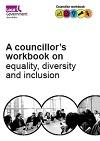
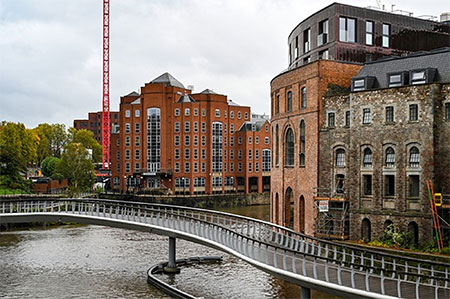
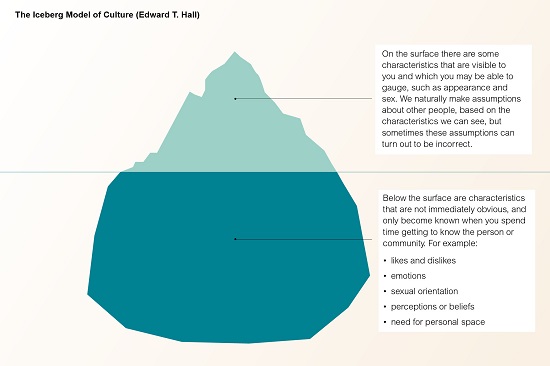
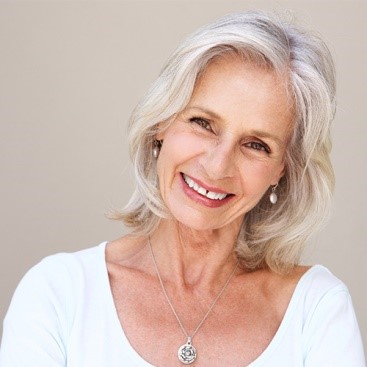

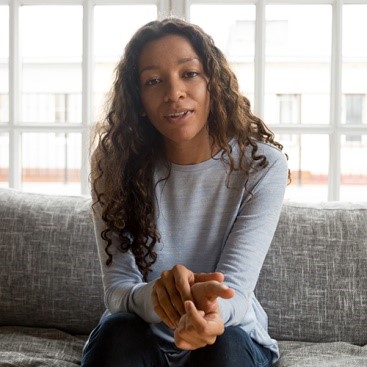

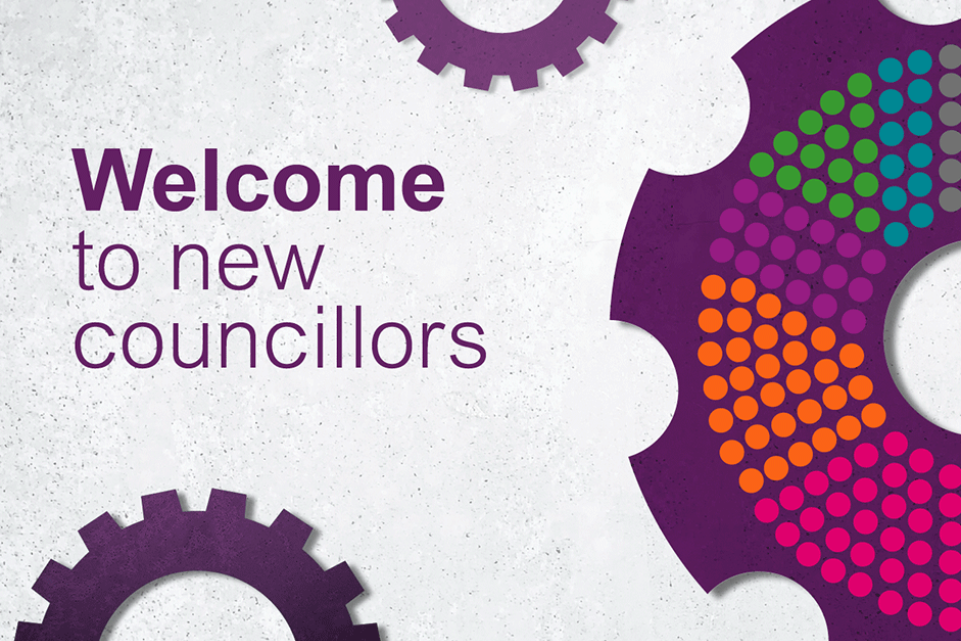

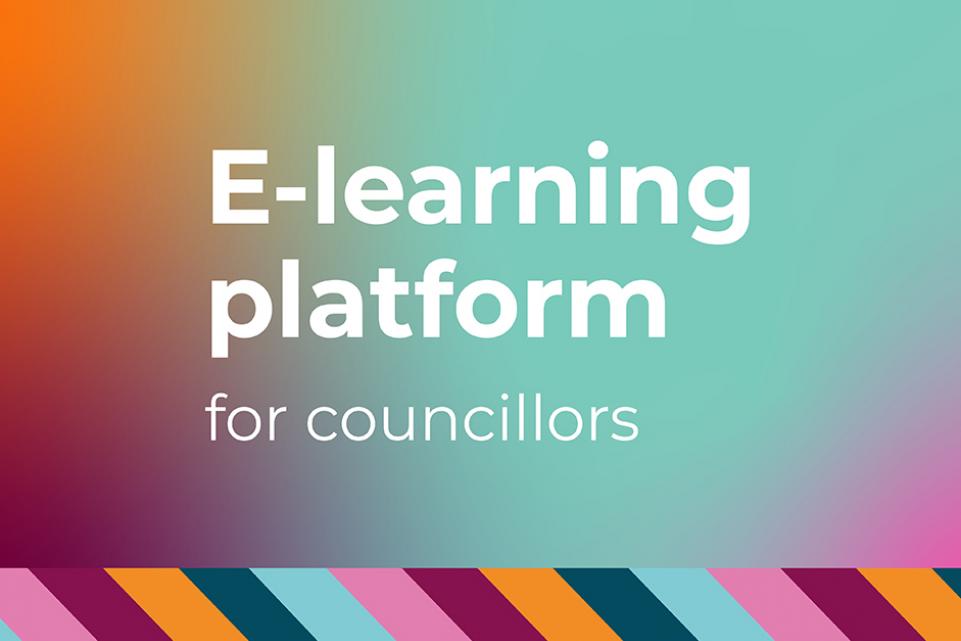
Social inclusion
A socially inclusive society
Diversity focuses on the makeup of a community, using some of the demographics we discussed earlier in this module such as gender, race/ethnicity, age, sexual orientation, marital status, disability, and difference of ability. Inclusion focuses on how to make sure those people can participate fully in the community.
Guidance
“Diversity is having a seat at the table.
Inclusion is having a voice.
Belonging is having that voice heard.”
Liz Fosslien (Author)
Guidance
‘An inclusive society is a society that overrides differences of race, gender, class, generation, and geography, and ensures inclusion, equality of opportunity as well as capability of all members of the society to determine an agreed set of social institutions that govern social interaction.’
United Nations Expert Group Meeting on Promoting Social Integration, Helsinki, July 2008
Every fully participating member of an inclusive society has the right to:
The benefits of social inclusion to the community
Being part of an inclusive community creates the conditions for people to be happier, healthier and promotes the growth of self-esteem. In fact, social inclusion is an important ‘determinant of health’ and will affect whether the community as a whole thrives. People living in a socially inclusive community are more likely to:
The relationship between a thriving community and mental health
The conditions in which people live have a significant impact on their mental health. If the community they live in creates positive conditions, the mental health of the people in the community as a whole will improve. Subsequently, if the people within a community are mentally healthy, they are more likely to contribute to the community to help it to thrive. It is a virtuous cycle.
The seven pillars of inclusion
The seven pillars of inclusion is a ‘helicopter view’ framework designed by the online international community The Inclusion Club, in partnership with collaborative group Play by the Rules, aimed at increasing the inclusion of disadvantaged groups in sport. Their research identified a common language for describing barriers to inclusion and actions for overcoming them which applied to all disadvantaged groups in all settings, even if the strategies for addressing them are markedly different for each group.
Useful links
You can find out more about The Inclusion Club, the seven pillars of inclusion and Play by the Rules at the following links:
The Inclusion Club
The 7 pillars of inclusion
Play by the Rules
As a councillor, you are ideally placed to understand the barriers to social inclusion that members of your community face.
Challenge 3: inclusion at your council
consider your own council in terms of the seven pillars of inclusion and the diversity of your community:
what ‘inclusive’ services and policies are you aware of within your council?
how inclusive do you think your council’s services are at the present time?
are there any disadvantaged groups that could benefit from greater social inclusion?
Hints and tips: community engagement
In your role as a councillor, you not only have a legal duty to comply with the law but also to foster and encourage the development of inclusive communities. Here are some tips for bringing the whole community together in community engagement.
Know your community
Understanding local demographics and networks will help you to design appropriate engagement activities and communicate effectively.
Be transparent about community input
Let people know how their input will be used and how it shaped the project in the end results.
Go to the people
Be creative about the best way to gather community input. Visit people in a community setting, like a coffee shop or community centre.
Have a communications strategy
Consider project branding and key messages, as well as which communication channels and time frames will be most effective for reaching your whole community.
Check understanding
Avoid using jargon or technical terms that people may not understand. To make sure you understand your community, encourage them to express their experiences and opinions in their own words.
Create a safe environment
Everyone should be able to participate in engagement activities feeling that they can share their views and concerns without fear.
Network and reciprocate
You may need to engage in activities provided by communities and originations which are not ones you are familiar with, to better understand their issues. Then you can link them with your own causes and projects.
Remove barriers
Try to remove as many barriers as possible that will prevent people from attending. Consider things like time, location, childcare and whether you will need translators.
Use technology
Modern technology provides a plethora of ways to facilitate activities, communicate with the community and gather information.
Make it fun!
Community engagement activities bring together people from the community who may not usually meet, so try to make activities fun and get people engaging with one another too.
Similarly, as a community leader you can help to promote inclusion in your community by demonstrating your own understanding of it and championing disadvantaged community groups. Take a moment to consider how you might do this.
Useful links
The ICMA (International City/County Management Association) is the world’s leading association of professional city and county managers and other employees who serve local governments. You can read more about inclusive community engagement on their website.
The impact of social exclusion
Social inclusion is key to a thriving community; and a healthy community promotes social inclusion. Conversely, social exclusion can be linked to a community that is not thriving. Low incomes, unemployment, lack of education, limited access to transport, poorer physical and mental health, and discrimination are key drivers of exclusion.
Here are some statistics that show the impact that social exclusion can have on a community:
Useful links
You can read more about the links between poverty and social exclusion
Challenge 4: how well do you know your community?
As a councillor it is important that you have a good understanding of the diversity of your community, so that you can look for ways of improving social inclusion ensuring that every community member is included in having the opportunity to shape local services and council decisions.
How well do you know your community? Can you answer the following questions?
What are the statistics for crime, poverty, and mental health in your area?
What are the minority groups in your area? Consider ethnicity, culture, religion, age, and social status. Do you have contacts for these groups?
Consider the percentage of refugee or migrant populations in your area. What does it tell you about your council’s response to the needs of these communities? And the way they might access council services.
Which groups are most vulnerable and why? Are there services provided specifically for them and if so, are these well communicated?
Are you connected with your LGBTQAI+ community? Do they have any specific concerns, and do they feel included in the community?
What are the top three concerns of people in your area? Is this relevant to all groups in your community?
Are you well connected with and have contacts for local businesses, voluntary organisations, and charity groups?
What community events are there? Are these well attended by all groups in your community?
Do you proactively seek feedback from everyone in your community? How do you ensure your consultation s and community engagements reach everyone in your community? Is there anything else you could be doing?
What are the local interest groups in your community? Do you have contacts for them?
Think about where you might find some useful information about your community. Here are some ideas to get you started:
Office for National Statistics
reports from council department
voluntary and academic institutions
LGA’s LG Inform research data.